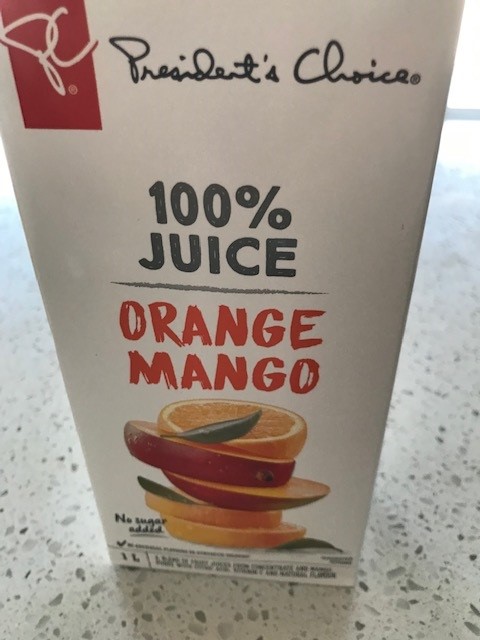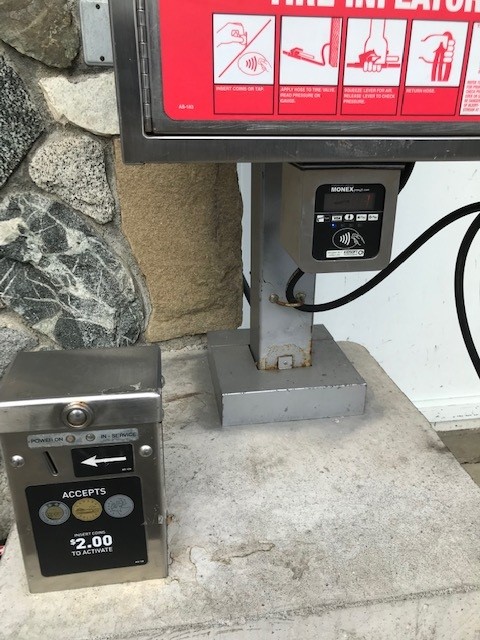While the one-sentence so-called top line inflation numbers the media reports are accurate, they’re also totally false. Here’s one of the best recent examples:
The Council of Economic Advisers issued a statement in November that this years’ average family turkey thanksgiving dinner was down by 5%! A great reinforcement to politicians stating that inflation is back under control. Nothing to see here – move on.
Not so fast: That same calculation of the cost of thanksgiving dinner in 2023 was UP 15% from two years prior and UP 20% from three years before.
Inflation stats are released for the prior month and is used as a 12-month floating average. The biggest wave of inflation was in the time period of August 2022 to July 2023. That’s all baked in and will never go away. But since then, inflation has slowed down. But that’s “new” or “further” inflation and now doesn’t include calculations of what happened more than a year ago.
Politicians, especially in the US, can’t understand why people aren’t feeling great about the economy. After all, inflation is under 3% and everything is great again. It’s a total disconnect between reading stats and going to the grocery store to buy stuff that’s a whole lot more expensive. But a story that it’s really expensive now but not getting worse just isn’t ever sexy.
If something was priced at $10 in 2022 and went up 20%, the price became $12. To now tell people that inflation is “only” 3% is telling you that the new $12 price is now $12.36. That’s not a decrease – it’s a slower increase. There’s an old saying: Statistics don’t lie, but liars sure can use statistics. It doesn’t help that reporters that parrot the monthly stats are either lazy or overworked. That’s why we get the one-sentence newscast line that: Inflation is now under 3% without the context or reminder that the other 20% (average) or upwards of 50% (food) is still in there.


